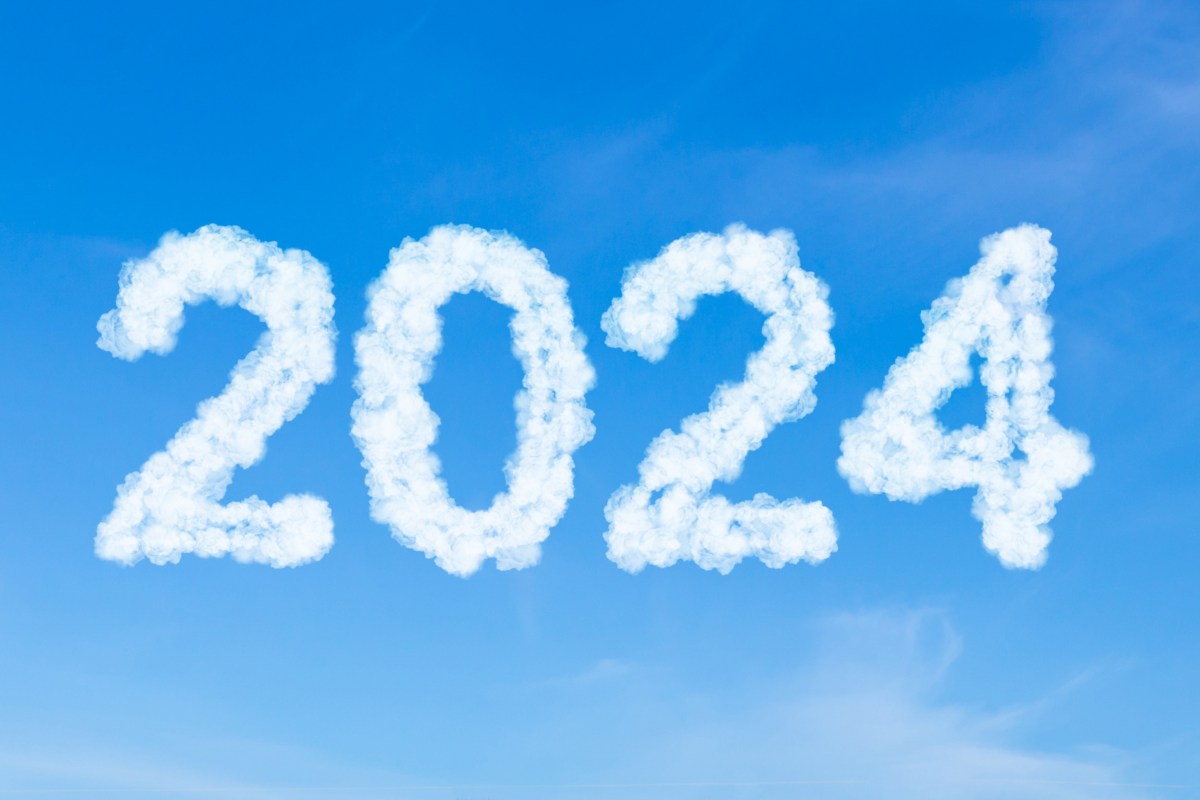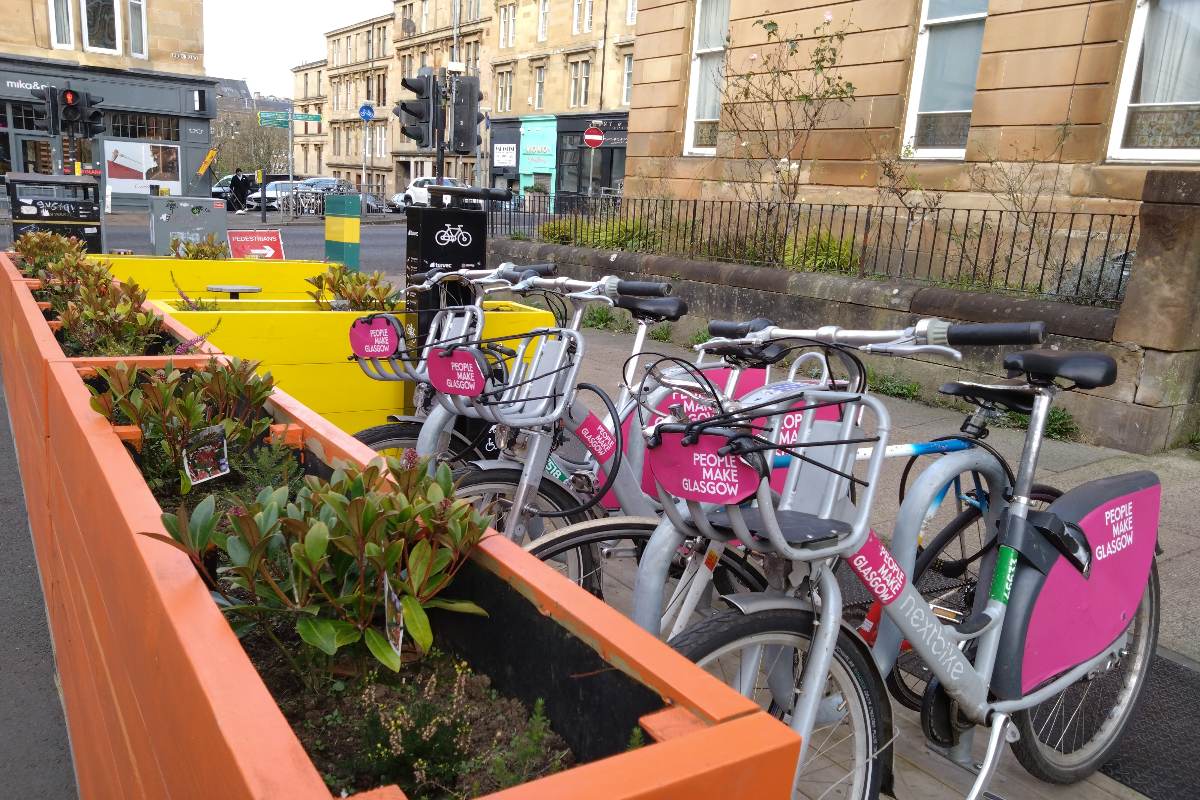Special Reports
SusHi Tech Tokyo 2024: experience ‘Tokyo 2050’ todaySponsored by The SusHi Tech Tokyo 2024 Showcase Program Executive Committee
MaaS vendors urged to pursue neutral platform approach
Revenue generated by MaaS platforms is forecast to pass $52 billion by 2027, but this growth won’t begin to materialise until 2021 due to coronavirus.

Current private sector approaches to mobility-as a-service (MaaS) are unlikely to support the broad ecosystem required for success and therefore must shift, according to a new whitepaper from Juniper Research.
The report argues that while ride-sharing companies such as Uber and Lyft are adding public transit information to their apps, the fact that they are not neutral in the transport market means that this model will fail to engage the necessary transit partners for an effective MaaS solution.
"The platform licensing model is essential to building the required public/private partnerships to achieve success."
Juniper recommends that MaaS vendors focus on licensing platforms as neutral players. MaaS platforms integrate different transport services, including buses, taxis, rail and metro, into a single app.
The author of the research, Nick Maynard, commented: “MaaS will require wholesale shifts to public transit in order to realise its full benefits, so it must involve public transit operators at every stage. The platform licensing model is essential to building the required public/private partnerships to achieve success."
Coronavirus impact on MaaS
The Mobility-as-a-Service: Business Models, Vendor Strategies & Market Forecasts 2020-2027 whitepaper forecasts that the revenue generated by the use of MaaS platforms, will exceed $52 billion by 2027, up from $405 million in 2020. However, this dramatic growth isn’t expected to begin to be realised until 2021 due to significant reductions in transport usage this year because of coronavirus.
By 2027, MaaS is expected to lead to commuter time savings equal to 2.7 days per MaaS user per year.
MaaS initiatives will rebound quickly in 2021 as cities re-evaluate their transport strategies, according to the report.
Juniper Research recommends that MaaS platform providers engage with transit authorities now to design pilots for next year, in order to ensure future growth.
The research also suggests that by 2027, MaaS will lead to a commuter time saving equal to 2.7 days per MaaS user per year.
You might also like:


















